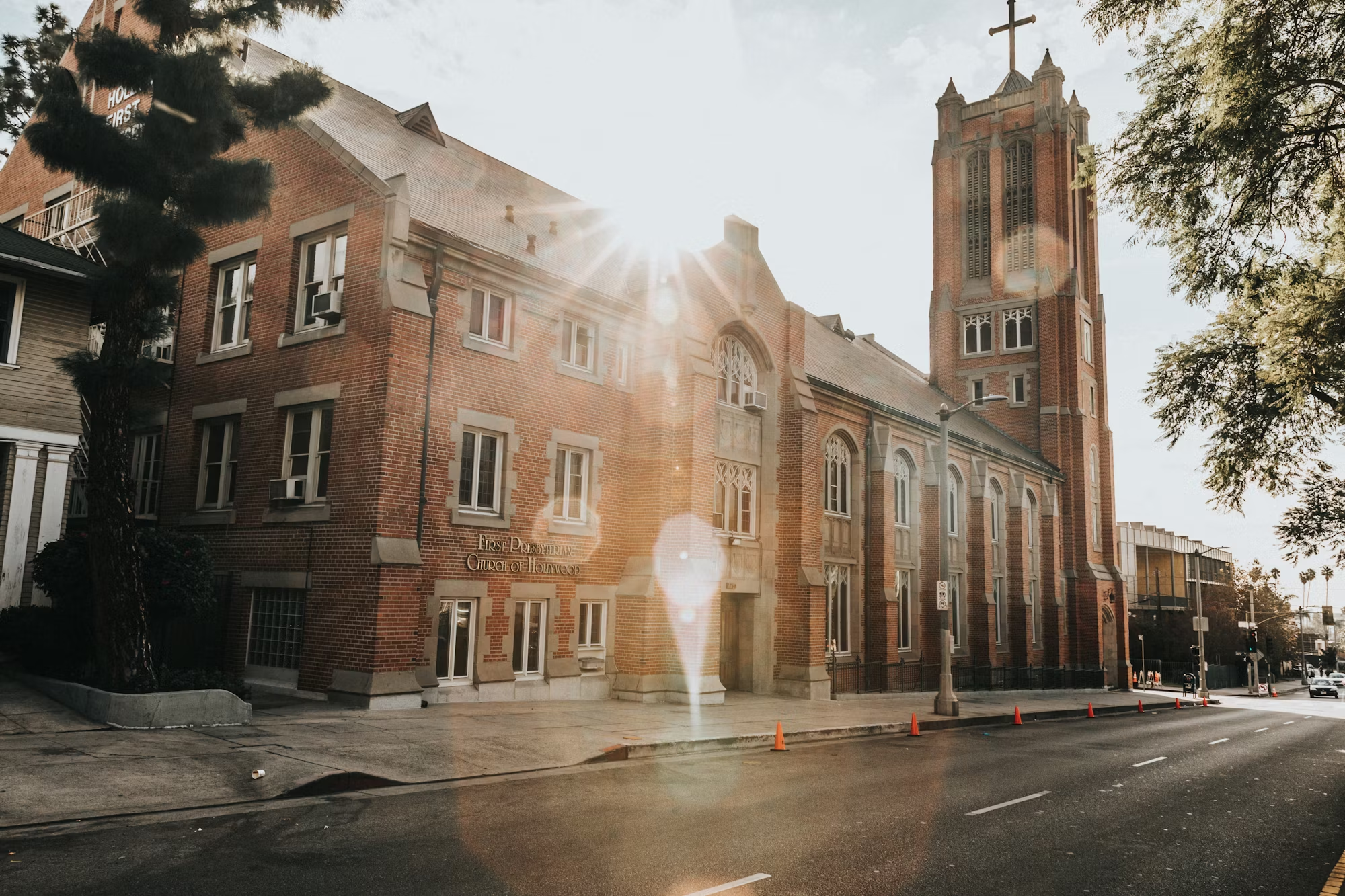In an increasingly busy world, creating a serene outdoor oasis has become a priority for many homeowners. An inviting garden not only enhances the beauty of your property but also provides a personal retreat for relaxation and rejuvenation. This article explores essential elements of garden design, offering practical tips for cultivating a space that reflects your personal style and meets your lifestyle needs.
The Importance of Garden Design
A well-designed garden serves multiple purposes, from providing a tranquil space for contemplation to an area for entertaining guests. The key to successful garden design lies in understanding how to blend aesthetics with functionality. Whether you have a sprawling backyard or a small balcony, thoughtful planning can transform any outdoor area into a beautiful sanctuary.
Before diving into the specifics of garden design, it’s essential to establish a clear vision. Consider how you want to use your garden. Will it be a peaceful retreat, a space for gatherings, or a functional area for growing vegetables? Defining the purpose of your garden will guide your design choices and help you create a cohesive plan.
Assessing Your Space
The first step in creating your garden oasis is to assess the available space. Take note of the size, shape, and existing features of your outdoor area. Observe how sunlight and shade move across the garden throughout the day, as this will influence plant selection and placement.
Consider any existing structures, such as patios or fences, and think about how they can be incorporated into your design. These elements can provide a sense of structure and help define different areas within your garden. Additionally, consider the layout of your garden; a well-planned design allows for smooth flow and accessibility.
Choosing the Right Plants
Plant selection is one of the most crucial aspects of garden design. Choose plants that thrive in your climate and complement the overall style of your garden. Consider incorporating a mix of perennials, annuals, shrubs, and trees to create visual interest and seasonal variety.
When selecting plants, pay attention to their size, color, and texture. Grouping plants with similar water and sunlight requirements can simplify maintenance and ensure a healthy garden. For a cohesive look, consider using a limited color palette that reflects your personal style while enhancing the overall design.
Creating Focal Points
Focal points are essential in garden design as they draw the eye and create interest. A well-placed sculpture, water feature, or striking plant arrangement can serve as a focal point, enhancing the visual appeal of your garden. When designing your garden, think about how you can create different areas of interest that encourage exploration and discovery.
Incorporating paths, arches, or trellises can also add dimension to your garden and guide visitors through the space. These structural elements can serve as both functional pathways and artistic features, enhancing the overall design.
Incorporating Hardscape Elements
Hardscape refers to the non-plant elements in your garden, including pathways, patios, walls, and furniture. These features can significantly impact the functionality and aesthetic appeal of your outdoor space. When designing your garden, consider how hardscape elements can complement your plant choices and overall design vision.
Pathways can provide structure and guide visitors through your garden, while patios offer spaces for outdoor dining and relaxation. Use materials that harmonize with your home’s architecture and the surrounding environment, such as natural stone, brick, or concrete. Additionally, incorporating seating areas can enhance your garden’s usability, making it a welcoming spot for socializing or unwinding.
Enhancing with Lighting
Lighting is a vital component of garden design that can dramatically change the ambiance of your outdoor space. Thoughtful lighting enhances safety and accessibility while creating a warm, inviting atmosphere. Consider a combination of ambient, task, and accent lighting to highlight key features and pathways in your garden.
Solar-powered lights are an excellent eco-friendly option that requires minimal maintenance. String lights or lanterns can add a whimsical touch, while spotlights can highlight focal points like sculptures or beautiful trees. By layering different types of lighting, you can create a magical atmosphere that extends the enjoyment of your garden into the evening.
Adding Personal Touches
Your garden should reflect your personality and style. Personal touches can make the space feel uniquely yours. Incorporate decorative elements, such as colorful pots, garden art, or handmade signs, that resonate with your taste. Additionally, consider planting flowers that hold special meaning for you or your family, creating a sentimental connection to your garden.
Customizing your outdoor space can also include creating themed gardens, such as a butterfly garden, herb garden, or sensory garden filled with fragrant plants. These themed areas can enhance your garden’s beauty and provide an educational or enjoyable experience for visitors.
Sustainable Gardening Practices
As environmental awareness grows, many gardeners are looking to incorporate sustainable practices into their garden design. Using native plants can support local wildlife and require less maintenance and water. Additionally, consider implementing a rain garden to manage stormwater runoff and promote biodiversity in your landscape.
Composting kitchen scraps and yard waste is another excellent way to enrich your soil and reduce waste. Using organic fertilizers and pest control methods can promote a healthier ecosystem in your garden while minimizing chemical exposure.
Maintaining Your Garden
A beautiful garden requires ongoing maintenance to ensure it continues to thrive. Develop a maintenance plan that includes regular watering, pruning, and weeding. Depending on the size of your garden and plant choices, consider enlisting the help of a professional landscaper or garden service for larger projects or seasonal cleanups.
Establishing a seasonal routine can help you stay organized and ensure that your garden remains healthy and vibrant year-round. Keep a garden journal to track plant growth, blooming schedules, and any changes you wish to make in the future. This record will help you refine your garden design and ensure it continues to evolve.
Conclusion
Creating the perfect outdoor oasis is a rewarding endeavor that allows you to express your creativity while enhancing your living space. By thoughtfully assessing your area, selecting the right plants, incorporating hardscape elements, and adding personal touches, you can design a garden that serves as a peaceful retreat and a vibrant gathering place. With sustainable practices and ongoing maintenance, your outdoor oasis can flourish for years to come, providing enjoyment and tranquility in your everyday life.





